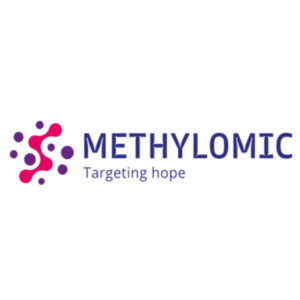 \
&
Contact us
\
&
Contact us
 \
&
Contact us
\
&
Contact us
Published on | 5 years ago
Programmes SME Instrument EIC PilotAs of 1 February 2020, the United Kingdom formally leaves the European Union. In accordance with the Withdrawal Agreement, applicants located in the UK are:
a. Eligible for grants (including the EIC Accelerator) until the end of the transition period on 31 December 2020. They are entitled to receive EU grant funding to carry out their projects until the projects’ lifetime is completed, including projects finishing after the end of the transition period.
b. Not eligible for EIC Accelerator Pilot equity support as of 1 February 2020.
The section on eligible countries under the heading Topic conditions and documents has also been updated accordingly.
Source: Funding and Tender Portal
We offer news and event updates, covering all domains and topics of Horizon Europe, Digital Europe & EDF (and occasionally, for ongoing projects, Horizon 2020).
Stay informed about what matters to you.
By signing up, you can opt in for e-mail notifications and get access to
a personalised dashboard that groups all news updates and event announcements in your domain(s).
Only for stakeholders located in Flanders

The METHYLOMIC project, ‘targeting hope for personalised medicine in immune-mediated inflammatory diseases’ obtained funding from Horizon Europe’s Health Cluster. The project aims to personalise treatment allocation and enhance the effectiveness of medications for chronic immune-mediated diseases such as Crohn’s disease, rheumatoid arthritis, and psoriasis. BIRD, the Belgian inflammatory bowel disease research and development group, is a partner in the project and is involved in the OmiCrohn trial, a prospective randomised clinical trial for individualised therapy in Crohn’s disease patients. With BIRD’s active role in this trial, the project is set to deliver predictive, biomarker-based therapies that bring renewed hope for Crohn’s disease patients across Europe.